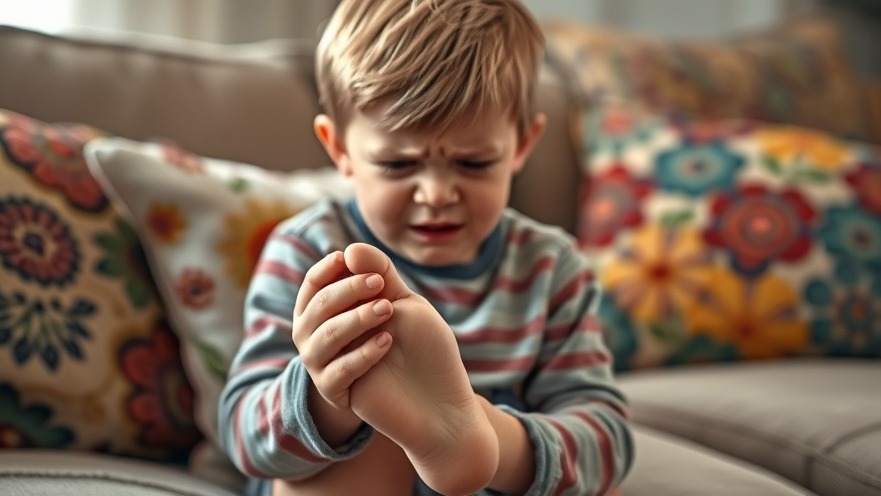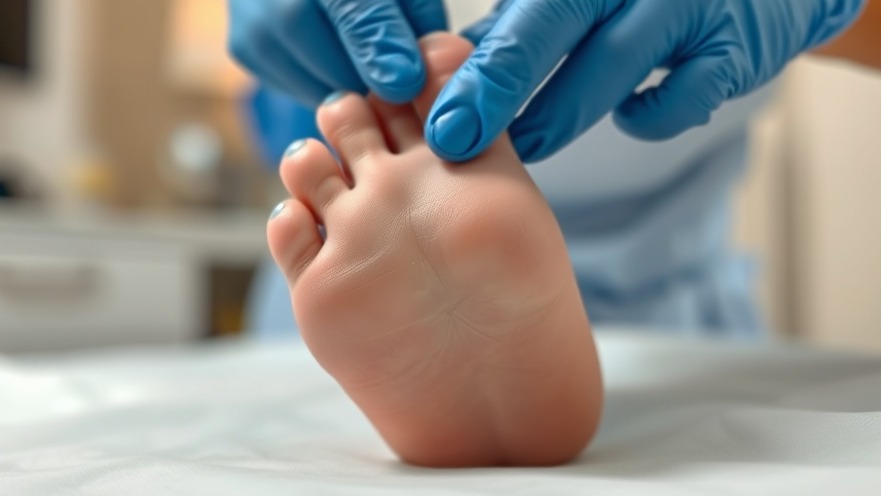
Understanding Heel Pain in Kids and Its Impact on Active Lifestyles
Heel pain in children, particularly among the energetic age group of 8 to 14, is a common yet often overlooked issue that can impact their play, participation in sports, and overall physical activity. This condition often arises from a phenomenon known as Sever's disease, where inflammation of the growth plate in the heel occurs due to repetitive stress from activities such as running, jumping, and especially the vigorous movements involved in sports like pickleball.
What is Sever’s Disease and Who Does It Impact?
Sever’s disease, also called calcaneal apophysitis, primarily targets active children. This condition emerges when the heel's growth plate—the calcaneal epiphysis—becomes swollen or inflamed, often when children frequently participate in high-impact activities. Factors like rapid growth spurts can significantly contribute to the problem, as the muscles and tendons may not keep pace with bone growth, resulting in pain that may deter children from putting weight on their heels, causing them to walk on their toes.
Recognizing the Symptoms and Taking Action
The acute heel pain associated with Sever’s disease generally intensifies during physical activities. Children may also exhibit signs of limping or tenderness around the heel area, and some might avoid participating in sports altogether. Parents need to recognize these symptoms early on. If your child experiences persistent heel pain, especially after activity, it’s crucial to consult a pediatric podiatrist swiftly to prevent potential long-term issues.
Transitioning from Play to Treatment: Expert Recommendations
For parents navigating the challenges of their child's heel discomfort, seeking a podiatrist locally can offer tailored treatment plans that focus on reducing inflammation and relieving pressure on the heel. Treatment may include stretching exercises, supportive footwear, or custom orthotics designed to cushion the heel. These interventions not only alleviate immediate symptoms but also promote ongoing flexibility and strength, fostering a return to normal activity levels.
Recognizing the Link Between Heel Pain and Pickleball
As a rapidly rising sport that involves significant lateral movement, jumping, and quick direction changes, pickleball poses unique challenges. Children who play pickleball might be at risk not just of typical volleyball injuries like ankle sprains, but also heel-related issues like those seen with Sever's disease. Understanding how these injuries manifest and recognizing their symptoms early is crucial. Parents should ensure their children wear appropriate footwear that provides adequate support and engage in proper warm-up routines before play.
How to Mitigate Risks: Prevention is Key
Prevention strategies can play a significant role in enhancing your child's foot health and mitigating injuries related to sports like pickleball. Encouraging regular stretches, using correctly sized footwear, and integrating resting periods into their activity schedules are practical measures parents can take. Teaching children about the importance of listening to their bodies and practicing proper warm-up techniques can further reduce injury risks.
Final Thoughts: Ensure a Healthy, Active Lifestyle for Your Child
Being proactive about potential heel pain can empower both children and parents. Good habits, including proper gear, routine warm-ups, and listening to bodily signals, can ultimately lead to a healthier balance and more fruitful athletic experiences. Should your child start experiencing heel pain, promptly scheduling an appointment with a healthcare professional can make all the difference.
Don’t let heel pain sideline your child! Schedule an appointment with an expert foot & ankle care specialist to ensure your child remains active and pain-free.
 Add Row
Add Row  Add
Add 




Write A Comment